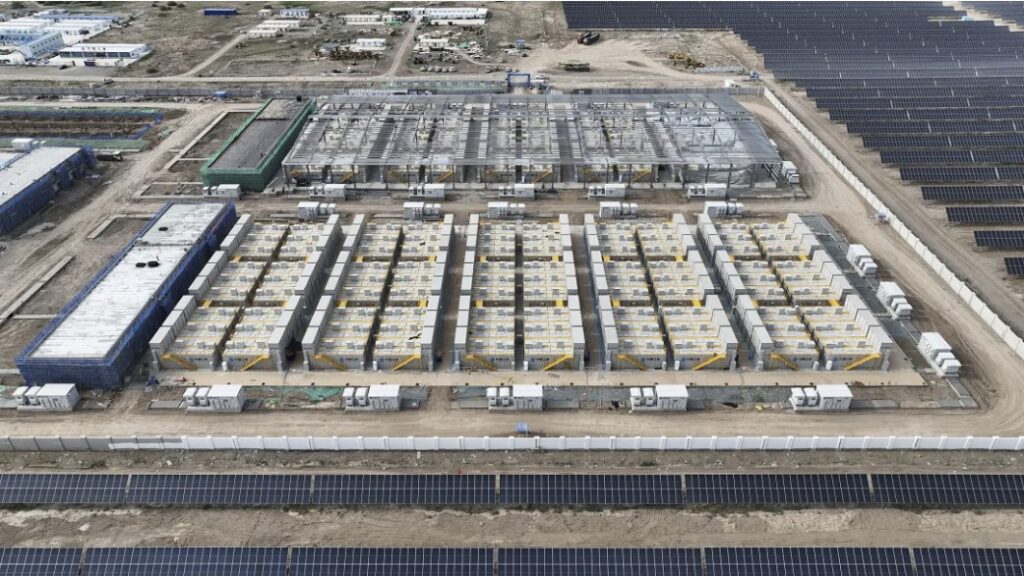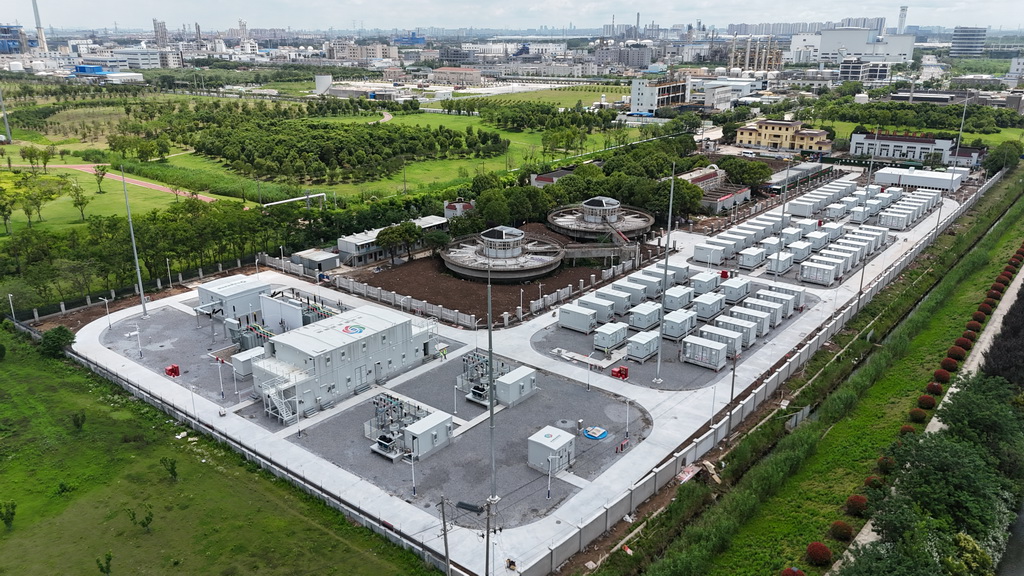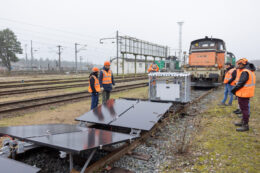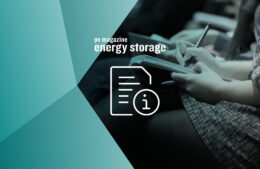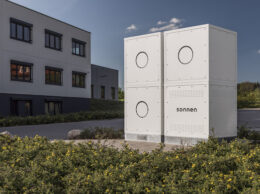How energy storage could transform the railway industry
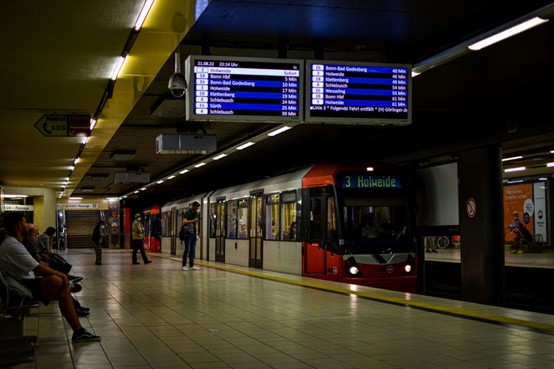
A recent article published in Renewable and Sustainable Energy Reviews unpacks how energy storage can be strategically integrated into electric rail infrastructure to decrease emissions, cut costs, and boost energy efficiency.
Researchers stressed the value of regenerative braking, which converts a train’s kinetic energy into battery-charging electricity. While it could theoretically recover up to 45% of a train’s energy consumption, regenerative braking without storage regains less than half of that potential energy, leaving the rest to dissipate as heat.
When paired with ESS, the study found regenerative braking could store up to 21% of the total energy generated and decrease energy losses. That recovered energy can be passed from one train to another or stored for later use, cutting down overall electricity use and operational costs.
Researchers also focused on two main ways to integrate ESS into rail networks: onboard and wayside.
Onboard set-ups enable trains to directly store the energy they generate and immediately reuse it during acceleration. However, the systems also add weight to the train, increase the overall energy demand and can decrease space for passengers or freight.
Still, coupled with the cost-savings, onboard ESS are attractive options for metro and commuter networks, as frequent stops and starts create numerous opportunities for energy recovery. Most currently deployed onboard ESS are used in light-rails, though the N700S Shinkansen train in Japan is the world’s first high-speed train with a self-propelling battery.
Wayside ESS are instead positioned alongside rail infrastructure, where they can capture and redistribute energy to other trains in the network or the grid. These systems, which include flywheels and more traditional stationary battery banks, are most effective in high-speed and long-distance rail systems.
Wayside storage also eliminates any need for onboard energy storage and the associated weight concerns. But it requires significant investment in a wider storage infrastructure throughout the system and careful placement to maximize energy recovery and redistribution.
Depending on the use case, certain ESS technologies may be more suitable.
Lightweight lithium-ion batteries are already widely used in hybrid and fully electric trains thanks to their high energy density and rapid rechargeability. Of the technologies evaluated in the study, the researchers found them to be the most fit for onboard storage.
Supercapacitors offer quick bursts of concentrated energy, making them ideal for regenerative braking. Flywheel setups, on the other hand, efficiently capture kinetic energy and are already used in some wayside storage solutions.
The study highlights several examples of ESS already in use in rail systems: Madrid and Cologne have successfully implemented supercapacitor storage, the London Underground has experimented with flywheels and Tokyo’s rail system has incorporated onboard storage.
Although it’s still early days, the rail industry is beginning to leverage ESS beyond storage applications. American startup SunTrain, for instance, is trying to use battery-powered railcars to transport renewable energy from distribution site to demand. A recent test run successfully moved battery-stored solar energy over 6,500 miles across the Union Pacific network.








